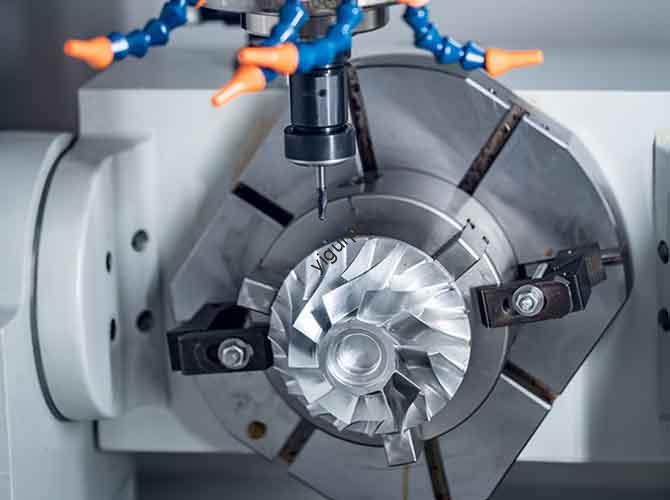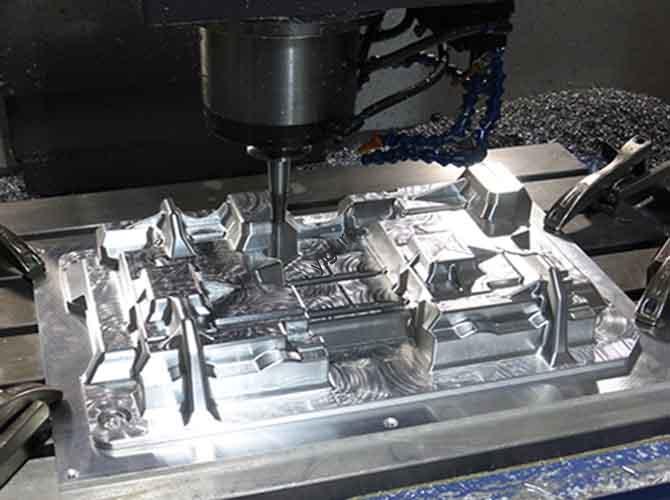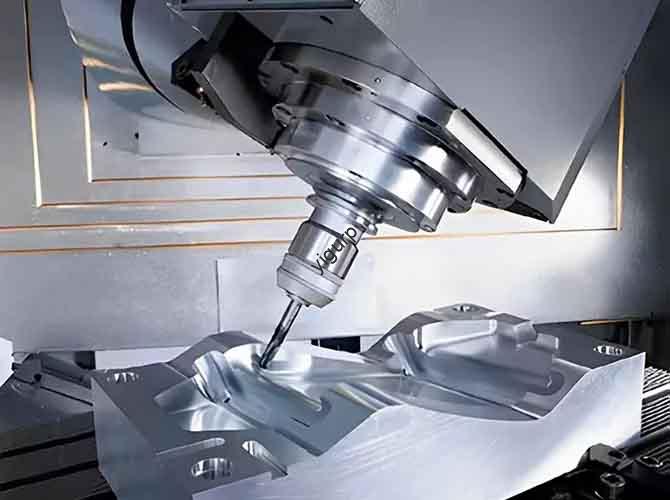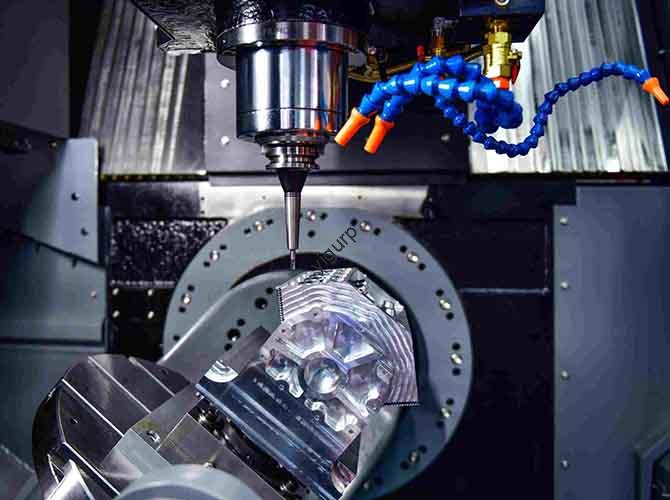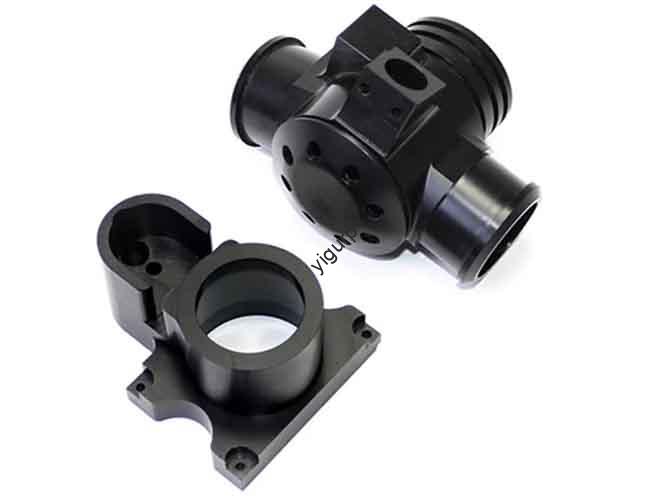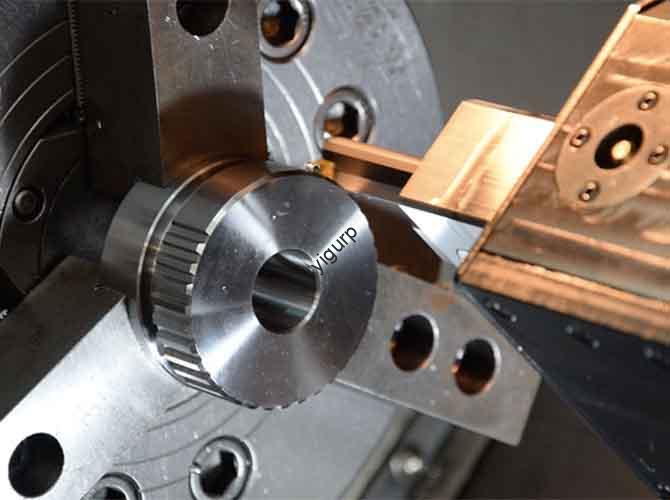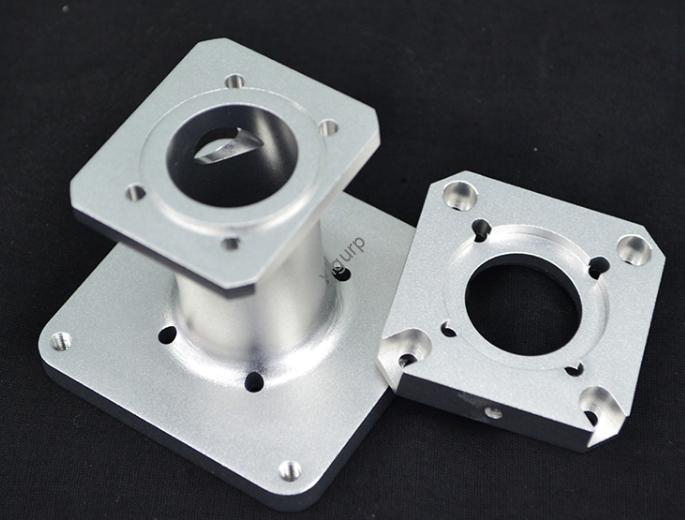What Is CNC Grinding Machining and How to Master Its Quality?
CNC grinding machining has become a backbone of high-precision manufacturing, combining computer numerical control (CNC) technology with traditional grinding to deliver ultra-smooth surfaces and tight tolerances for critical parts. Yet many engineers face challenges: How do different grinding types fit specific needs? Which parameters most impact surface quality? And how to avoid common defects like […]

